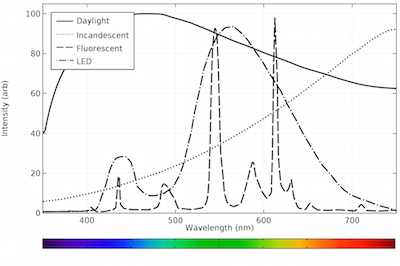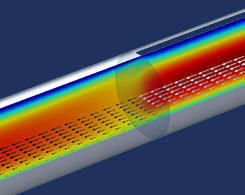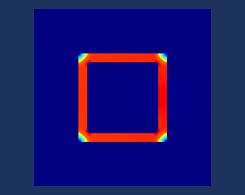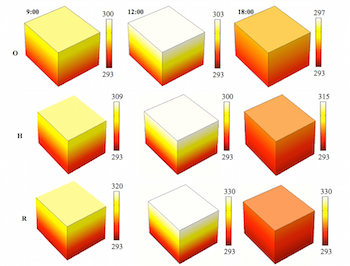Latest Posts

Protein Adsorption: Batch and Space-Dependent Modeling
We take you step by step through developing a detailed protein adsorption reactor model. We start with a simple, perfectly mixed batch reactor and move onto space-dependent modeling.

Designing Apps to Thermally Characterize Electronic Devices
A guest blogger from BE CAE & Test, a COMSOL Certified Consultant, discusses creating simulation apps to perform thermal analyses of electronic devices.

Calculating the Emission Spectra from Common Light Sources
We use COMSOL Multiphysics® to calculate the emission spectra of 4 common light sources: natural daylight, incandescent light bulbs, fluorescent light bulbs, and LED bulbs.

Optimize NACA Airfoil Designs with a Simulation App
You can design a simulation app to accurately compute lift and drag forces and optimize any airfoil following the NACA naming convention. Learn more and see an example demo app.

Analyze Thin Structures Using Up and Down Operators
Modeling complex geometries with thin structures can be very costly in terms of computational effort. Up and down operators are a way to efficiently and accurately compute these models.

Explaining the Pepper’s Ghost Illusion with Ray Optics
Pepper’s Ghost, the famous optical illusion used in theater and “hologram” concert performances, can be explained using ray optics. Learn more and see our homemade Pepper’s Ghost projector.

Model Magnetic Materials in the Frequency Domain with an App
Easily convert B-H or H-B curves into effective B-H or H-B curves using the Effective Nonlinear Magnetic Curves Calculator simulation app.

Analyze Solar Food Dryer Designs with Heat Transfer Modeling
You can use heat transfer simulation to analyze solar food dryer designs and identify optimal building materials, including phase-change materials, which conserve the solar heat.
